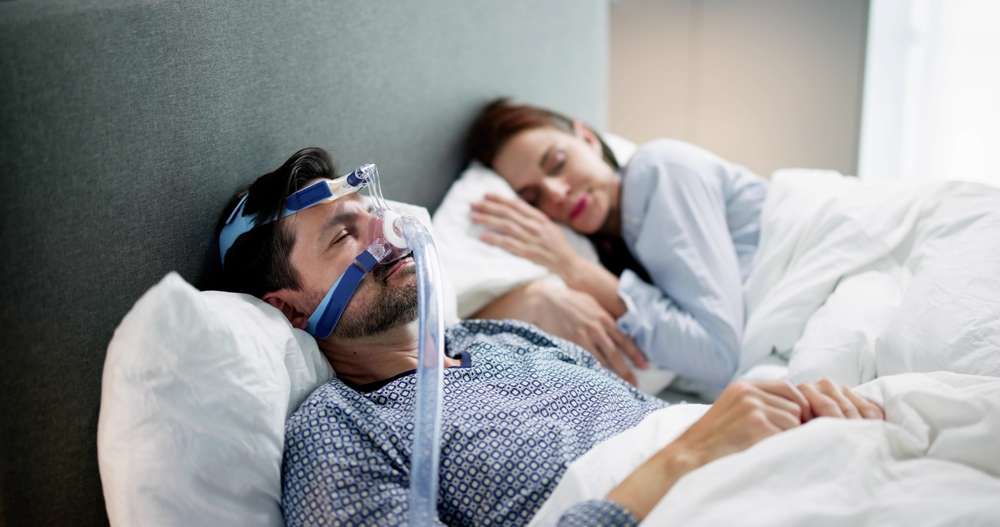Understanding the Causes of Daytime Sleepiness: An In-Depth Exploration
Daytime sleepiness affects millions of Americans, disrupting productivity, relationships, and overall quality of life. While occasional fatigue is normal, persistent drowsiness during waking hours signals underlying issues that require attention. Understanding the root causes of daytime sleepiness is essential for identifying appropriate treatment strategies and restoring healthy sleep patterns. This comprehensive exploration examines the various factors contributing to excessive daytime fatigue and provides insights into effective management approaches.

What Exactly is Excessive Daytime Sleepiness
Excessive daytime sleepiness (EDS) goes beyond typical afternoon fatigue or occasional drowsiness. Medical professionals define EDS as the irresistible urge to sleep during normal waking hours, despite adequate nighttime rest. This condition manifests as difficulty staying alert during routine activities, frequent yawning, heavy eyelids, and microsleep episodes lasting seconds to minutes.
EDS differs from general fatigue in its intensity and persistence. While fatigue involves physical and mental exhaustion, excessive daytime sleepiness specifically targets the sleep-wake cycle regulation. The Epworth Sleepiness Scale, a standardized assessment tool, helps healthcare providers evaluate EDS severity by measuring propensity to doze in various situations, from watching television to sitting in traffic.
Common Causes of Daytime Sleepiness
Multiple factors contribute to daytime drowsiness, ranging from lifestyle choices to serious medical conditions. Sleep deprivation remains the most prevalent cause, as many Americans consistently obtain fewer than the recommended seven to nine hours of nightly sleep. Work schedules, technology use, and social obligations frequently interfere with adequate rest.
Medical conditions also significantly impact daytime alertness. Hypothyroidism slows metabolism and induces fatigue, while diabetes causes blood sugar fluctuations that affect energy levels. Depression and anxiety disorders commonly present with sleep disturbances and subsequent daytime drowsiness. Additionally, certain medications, including antihistamines, blood pressure medications, and antidepressants, list drowsiness as common side effects.
Environmental factors, shift work, and circadian rhythm disruptions further complicate sleep patterns. Poor sleep hygiene, including irregular bedtimes, excessive caffeine consumption, and uncomfortable sleep environments, prevents restorative rest and perpetuates daytime fatigue.
Sleep Disorders Commonly Associated with Daytime Sleepiness
Several sleep disorders directly cause excessive daytime drowsiness by fragmenting nighttime sleep or disrupting natural sleep architecture. Sleep apnea, affecting approximately 22 million Americans, repeatedly interrupts breathing during sleep, causing frequent awakenings and oxygen deprivation. Patients often remain unaware of these disruptions but experience severe daytime fatigue.
Restless leg syndrome creates uncomfortable sensations in the legs, compelling movement and preventing sleep onset. Periodic limb movement disorder causes involuntary leg jerking throughout the night, fragmenting sleep without conscious awareness. Narcolepsy, a neurological disorder affecting the brain’s ability to regulate sleep-wake cycles, causes sudden, uncontrollable sleep episodes during daytime hours.
Insomnia, characterized by difficulty falling asleep or staying asleep, leaves individuals chronically sleep-deprived despite spending adequate time in bed. Circadian rhythm disorders, including delayed sleep phase syndrome and shift work sleep disorder, misalign internal body clocks with environmental light-dark cycles, resulting in poor nighttime sleep and daytime drowsiness.
How Daytime Sleepiness Impacts a Person’s Life
The consequences of excessive daytime sleepiness extend far beyond mere inconvenience, affecting virtually every aspect of daily functioning. Cognitive performance suffers significantly, with impaired concentration, memory problems, and reduced decision-making abilities. Students may struggle academically, while professionals experience decreased productivity and increased error rates.
Safety concerns represent serious implications of daytime drowsiness. The National Highway Traffic Safety Administration estimates that drowsy driving causes approximately 100,000 crashes annually, resulting in 1,550 deaths and 71,000 injuries. Workplace accidents also increase among sleep-deprived individuals, particularly in jobs requiring heavy machinery operation or precise coordination.
Social and emotional impacts include irritability, mood swings, and strained relationships. Family dynamics suffer when parents struggle to remain alert during important activities, while friendships may deteriorate due to cancelled plans or lack of engagement. Long-term health consequences include increased risk of obesity, diabetes, cardiovascular disease, and compromised immune function, as chronic sleep deprivation disrupts essential physiological processes.
How is Excessive Daytime Sleepiness Diagnosed and Treated
Healthcare providers employ comprehensive evaluation methods to diagnose excessive daytime sleepiness and identify underlying causes. The diagnostic process typically begins with detailed medical history and physical examination, focusing on sleep patterns, symptoms, medications, and lifestyle factors. Sleep diaries documenting bedtimes, wake times, and daytime symptoms provide valuable insights over several weeks.
The Epworth Sleepiness Scale and other standardized questionnaires help quantify sleepiness severity and impact on daily activities. Blood tests may reveal medical conditions contributing to fatigue, such as thyroid disorders, anemia, or diabetes. When sleep disorders are suspected, overnight sleep studies (polysomnography) monitor brain activity, breathing patterns, heart rhythm, and limb movements during sleep.
Treatment approaches vary based on underlying causes and may include lifestyle modifications, medical interventions, or both. Sleep hygiene improvements, regular exercise, stress management, and consistent sleep schedules form the foundation of treatment. Continuous positive airway pressure (CPAP) therapy effectively treats sleep apnea, while medications may address specific sleep disorders or underlying medical conditions. Cognitive behavioral therapy for insomnia (CBT-I) helps modify thoughts and behaviors contributing to sleep problems.
Conclusion
Understanding the causes of daytime sleepiness requires recognizing the complex interplay between lifestyle factors, medical conditions, and sleep disorders. While occasional drowsiness is normal, persistent excessive daytime sleepiness warrants professional evaluation to identify underlying causes and implement appropriate treatment strategies. By addressing root causes through comprehensive assessment and targeted interventions, individuals can restore healthy sleep patterns and improve overall quality of life. Early recognition and treatment of daytime sleepiness not only enhance personal well-being but also promote safety and productivity in all aspects of daily living.
This article is for informational purposes only and should not be considered medical advice. Please consult a qualified healthcare professional for personalized guidance and treatment.




